The Glass Room
Curated by Tactical Tech
The Glass Room is a public intervention that provides an interactive, fun, and challenging experience, bringing to life the most pressing challenges facing people and societies today. As technology reaches a global scale and becomes embedded in every part of our lives and our environments, The Glass Room examines its impacts and helps visitors explore practical solutions to mitigate them.
The Glass Room began as a large-scale, standalone exhibition, traveling from Berlin to New York, London, and finally San Francisco between 2016 and 2019. Each Glass Room took the form of a sleek tech shop, but where nothing was for sale. Instead, visitors found a place where they could freely and critically discuss technology.
Learn More >>Featured Artworks
A selection of artworks from The Glass Room will be presented at the Data & (Dis)Obedience Conference. These artworks explore data, privacy, and our relationship to the technologies and platforms which have become so commonplace in our everyday lives.

A Hidden Life of an
Amazon User
By Joana Moll
In 2019, the artist Joana Moll purchased a biography of Amazon founder Jeff Bezos on Amazon. She discovered that the website sent her through 12 different interfaces just to purchase a single book. Each interface is made up of thousands of lines of code not usually visible to users, which help the site’s style, content, interactivity, and record a customer’s activity. This project lets you explore the vast amount of code that is hidden behind Amazon’s interfaces, how much energy you expend while scrolling through it, and the mounting energy costs that you are inadvertently paying for. Moll calculated that the average amount of energy needed to load the code and scroll through it is 30 watts per hour. (The printed code for the single search totals 8,724 pages.) Scroll through the code: you may be burning more calories shopping online than you think.
This work was realized within the framework of the European Media Art Platforms EMARE program at IMPAKT with the support of the Creative Europe Culture Programme of the European Union.
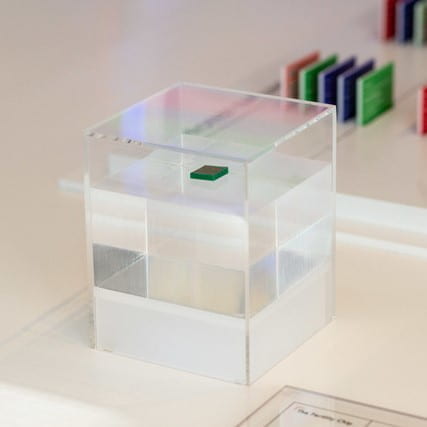
Fertility Chip
By La Loma & Tactical Tech
Remote-control birth control may be the wave of the future. In 2012, the Bill and Melinda Gates Foundation gave a grant of nearly £8 million to Microchips Biotech Inc, a private company developing a microchip that could be implanted in a woman’s body to control her fertility for up to 16 years. The contraceptive device, which is inserted under the skin, can be ‘activated’ and ‘deactivated’ by the user or her doctor. According to the company’s press release, the microchip would be especially helpful for women who don’t have easy access to health care and therefore has “great potential for developing countries.” This fertility microchip is just one example of the ways large tech companies and tech billionaires are investing in charitable enterprises, often guided by a belief that the world’s problems can best be solved by technology.
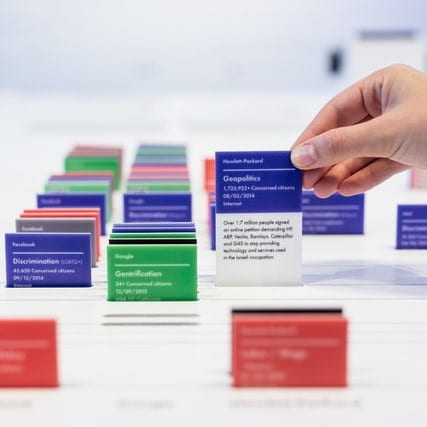
100+ Protests
By La Loma & Tactical Tech
As tech companies have grown and expanded their global reach, there has been increasingly
visible backlash and resistance against their practices from both inside and outside the industry. This timeline highlights more than 100 protests over the last decade selected from publicly available information. It offers a view into the consequences of tech companies’ decisions, policies, and practices and their impact on their workforce, users, contractors, vendors, clients, and customers. The timeline also reveals the recent trend toward collective worker resistance within Big Tech. Some of these protests have yielded attention and results, while others have flown under the radar or been overlooked by the media. With governments slow to regulate, and companies reluctant or failing at self-regulation, could these protests point toward a form of accountability?
The Glass Room: Community Edition
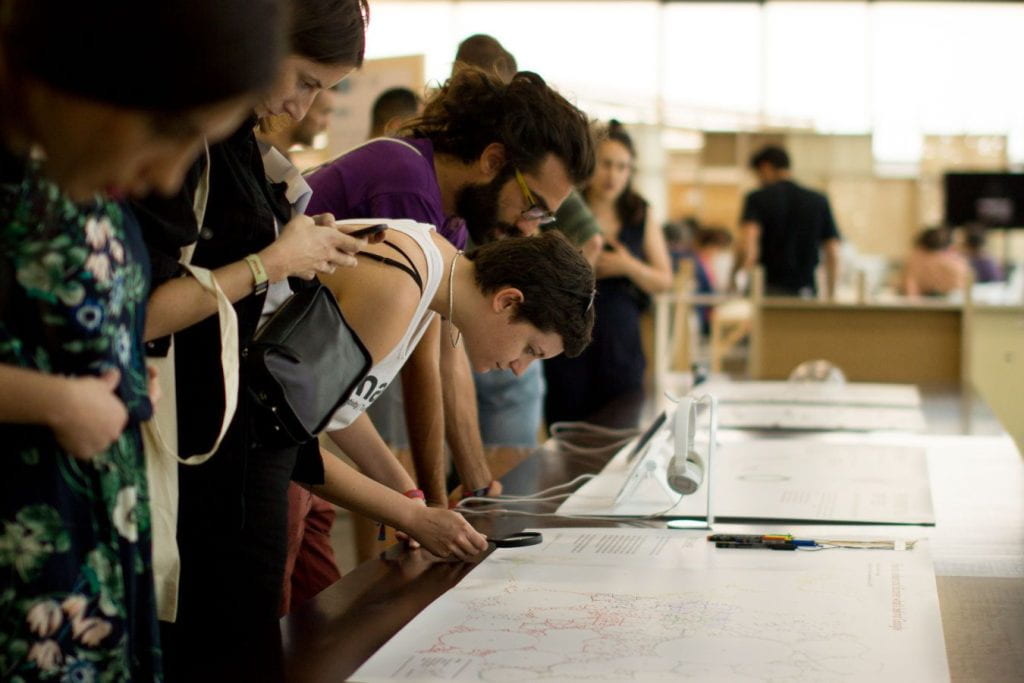
Alongside the artworks, The Glass Room Community Edition will be shown, it includes a series of posters, digital apps, and short animations. This content explores how social media and the web have changed the way we read information and react to it.
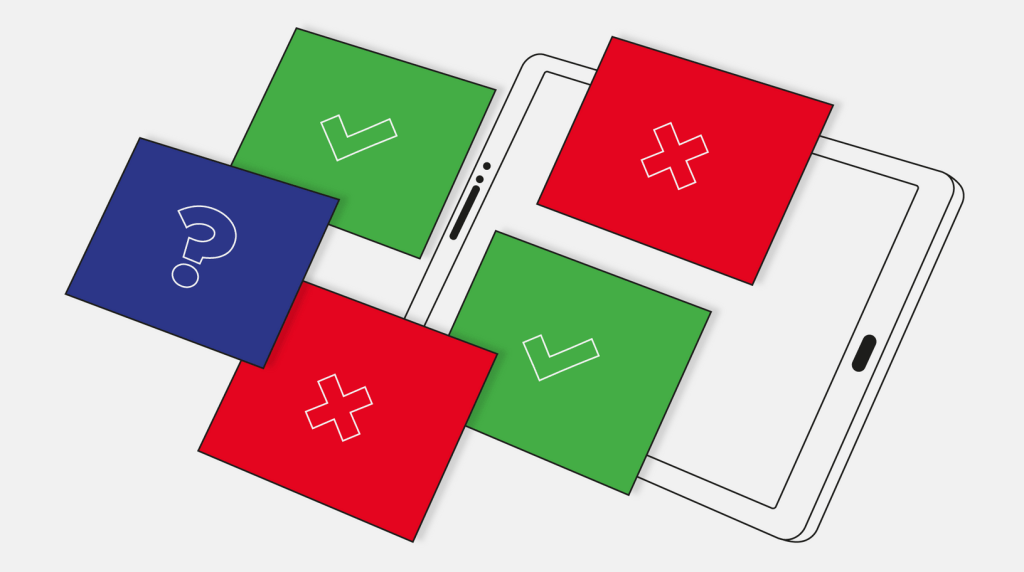
Learn why finding “fake news” is not as easy as it sounds, and how the term “fake news” is as much a problem as the news itself.
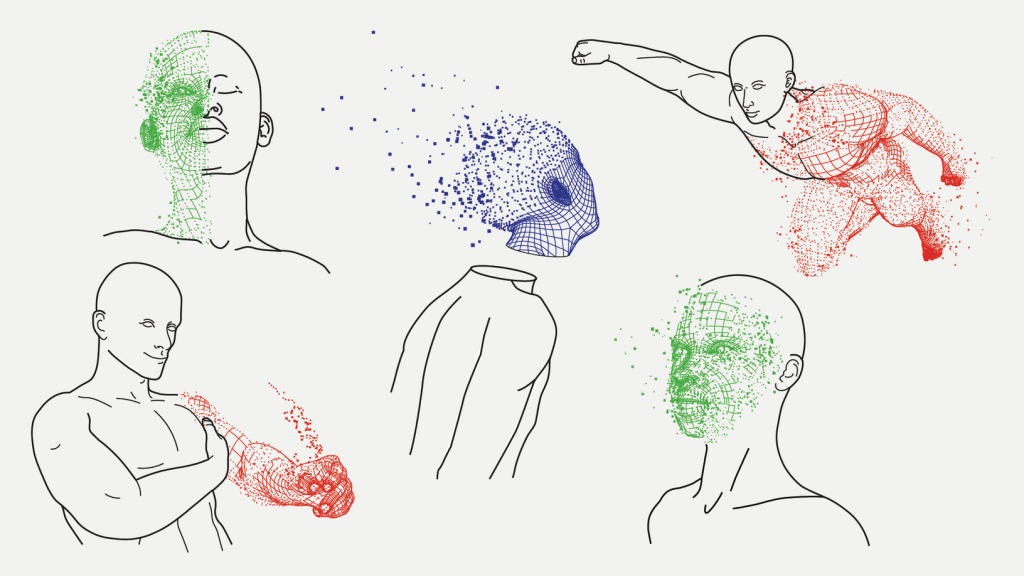
Dive into the world of deep fakes, which are now so realistic, they are virtually impossible to detect.

Find out how social media platforms are designed to keep us hooked and how they can be used to change our minds.
Before you go, don’t forget to pick up a Data Detox Kit, a guide with clear suggestions and concrete steps to help you harness all aspects of your online life. Make more informed choices and change your digital habits in ways that suit you.


Tactical Tech is a Berlin-based, international NGO that explores and mitigates the impact of digital technologies on society. Their mission is to give people the resources they need to make sustainable changes in their digital lives, encouraging online privacy, autonomy, and the creative use of technology. Tactical Tech launched The Glass Room project in 2016 to address a growing public awareness around data and privacy, subsequently generating a global conversation about the impact of big data.
Learn More >>